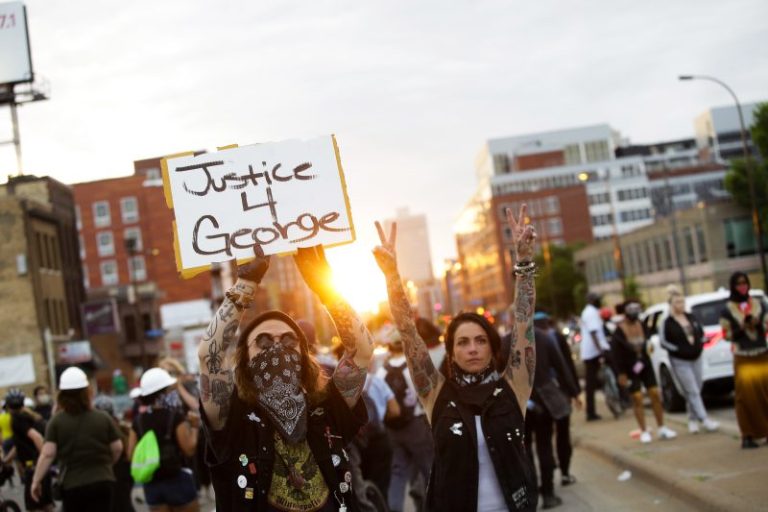In light of the recent George Floyd protests, the handling of the situation by various authorities has come under intense scrutiny. Specifically, the role of Governor Walz in Minnesota has been a subject of debate. The protests that erupted following the tragic death of George Floyd have not only exposed longstanding issues of systemic racism and police brutality but have also shed light on the ways in which different leaders have responded to this crisis.
Governor Walz faced a significant challenge in managing the George Floyd protests, as they quickly transformed into a nationwide movement calling for racial justice and police reform. The initial response to the protests, marked by the deployment of the National Guard and the imposition of curfews, has been criticized by some as heavy-handed and overly militarized. Critics argue that such measures not only failed to address the underlying issues fueling the protests but also exacerbated tensions between law enforcement and protesters.
In contrast, supporters of Governor Walz maintain that he took necessary steps to restore law and order in the face of widespread unrest. They argue that the deployment of the National Guard was essential to prevent further violence and destruction of property. Additionally, supporters point to Walz’s efforts to engage with community leaders and activists in order to address the concerns underlying the protests as evidence of his commitment to meaningful dialogue and reform.
One of the key areas of contention has been the use of force by law enforcement during the protests. Critics have pointed to instances of police violence, including the deployment of tear gas and rubber bullets against peaceful protesters, as evidence of excessive force and a violation of civil liberties. In response, Governor Walz has acknowledged the need for accountability and reform within law enforcement agencies, pledging to work towards meaningful changes to address these issues.
Another aspect of Governor Walz’s handling of the protests that has drawn scrutiny is the communication and coordination between state and local authorities. Some critics have argued that there was a lack of clear leadership and coordination, leading to confusion and inconsistent responses to the protests. In contrast, supporters of Walz have praised his efforts to work with local officials and community leaders in order to de-escalate tensions and find peaceful solutions to the ongoing crisis.
Moving forward, the aftermath of the George Floyd protests presents an opportunity for Governor Walz and other leaders to enact meaningful reforms and address the underlying issues of racial injustice and police brutality. While the handling of the protests has been subject to criticism and scrutiny, it also highlights the urgent need for systemic change and a reevaluation of current approaches to law enforcement and community relations. By engaging with all stakeholders and committing to transparency and accountability, Governor Walz has the potential to lead Minnesota towards a more just and inclusive future.



